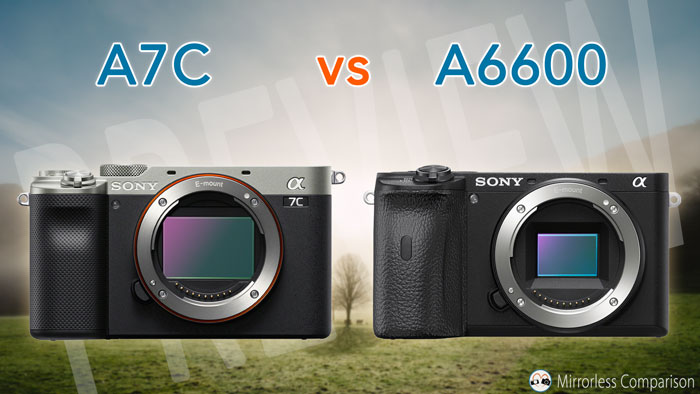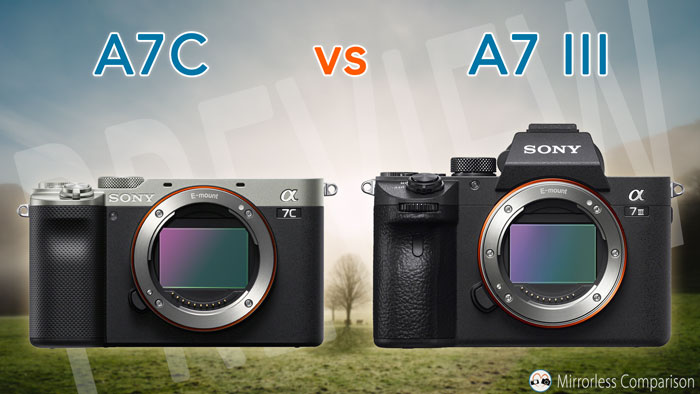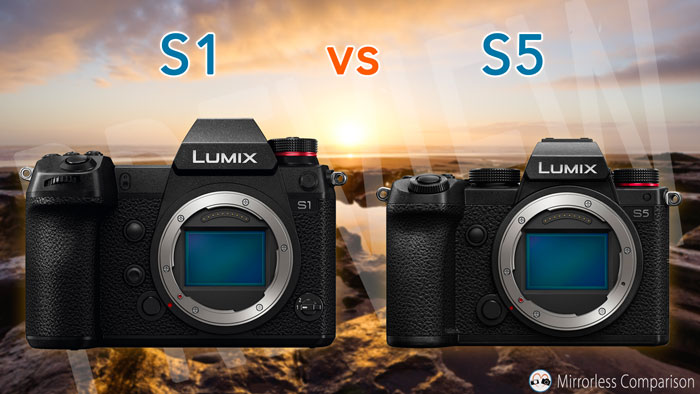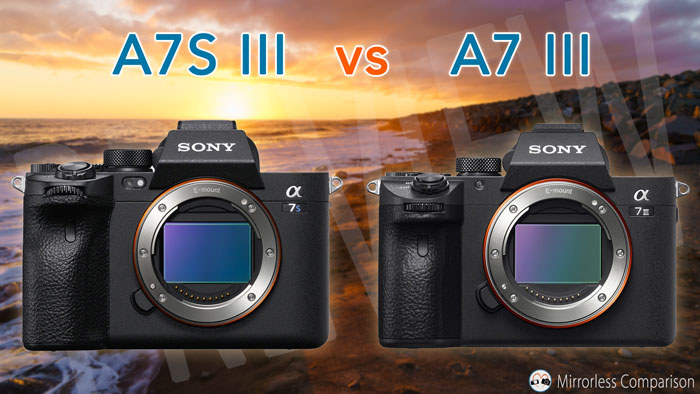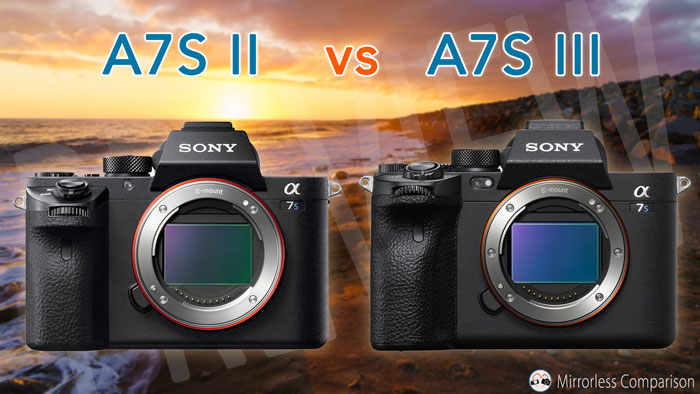Up until now, the Sony A6XXX series has distinguished itself with its small and lightweight design. Despite having a reasonable size, the A7 series has always being larger, justifying the presence of a full-frame sensor, a larger EVF and other features.
With the A7C, the line between the A7 and AXXX series has been blurred. The new camera assumes the design of the A6XXX series and incorporates a 35mm format chip. So now we have two series that look alike, but are very different on the inside.

